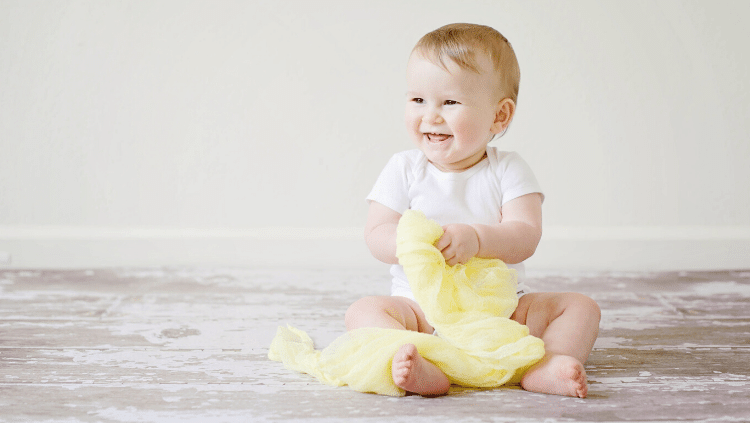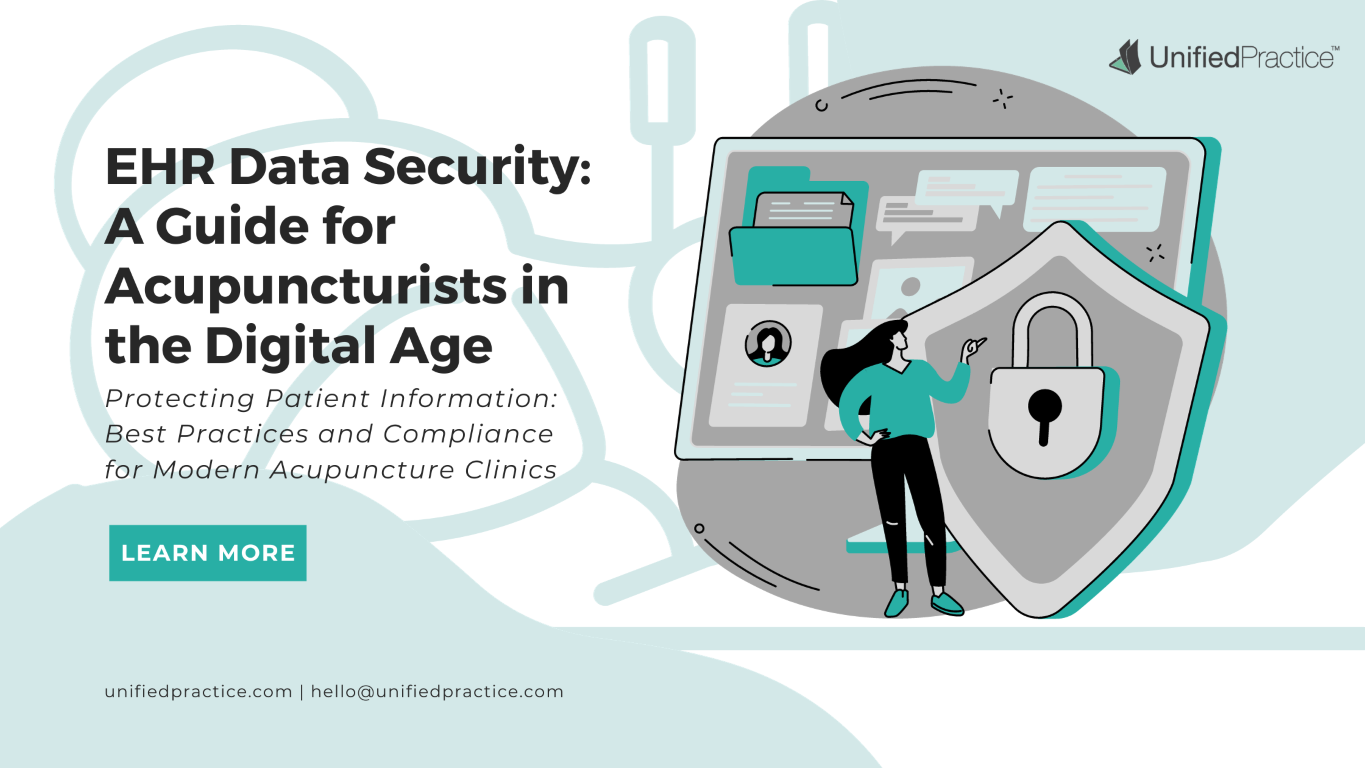If you’re considering adding pediatric acupuncture treatments to your clinic offerings, there are a few basic things to keep in mind when working with kids, like building trust and using the right needles. While treating children requires a little more patience and presence, it’s easier than you think.
We consulted three acupuncturists — Robyn “Ra” Adcock LAc. DACM of UCSF Benioff Children’s Hospital, Sadie Hays LAc. of Sweet Fern Studio, and Moshe Heller, LAc. MTOM of Heller Acupuncture — who currently perform pediatric acupuncture to get their opinion on the most important things to remember while treating children.
DO get proper training and practice.
While it’s acceptable to start treating kids in your practice without additional training, it’s worth finding a local colleague who specializes in treating children that can provide expert guidance during hands-on training.
“Don’t think it’s a population you can’t do but also don’t go into it without some level of interest, exposure or training working with kids because it’s really not the same as treating adults at all,” Hays said.
Adcock explains how important it is to remember the inherent vulnerability of the pediatric population. “Our medicine is so universally applied to all ages — even animals — and things oftentimes aren’t so different in how we approach the body, however, the psycho-social piece for pediatrics is a little bit different,” she said. “Some of the treatment protocols are a little bit different as well. You kind of have to focus a little bit more on some things with kids than you might with an adult, like digestion.”
DON’T force needles on reluctant children.
It’s important to keep in mind there’s a clear power difference between the child patient and adult acupuncturist, which is why Hays is a big advocate of making sure her pediatric patients feel in control of what happens to their bodies during their visit.
“I do a lot of acupuncture on kids and I treat them with needles but there are a lot of kids who have clearly let me know they are, on no uncertain terms, receiving acupuncture,” Hays said. “I will offer acupuncture every time and they can tell me no every time and it doesn’t stop treatment. I really try to meet them where they are.”
Hays said it’s important to her as a mom and an acupuncturist to empower kids to have a voice about their boundaries and their bodies. However, she does acknowledge that can lead to small setbacks during an appointment if a child doesn’t like to be touched. In those instances, Hays has found a way to adjust and still provide treatment by working with the parents if the kids like to be touched by their parents or giving the parents a set of Tuina exercises or acupressure to do at home.
Adcock said she feels it’s very important to have consent from both the caregiver and the child. She suggests explaining what kind of treatment you plan to do to make sure the child is comfortable with your treatment plan.
DO take diet into account.
Heller and Hays both say gathering information about a child’s diet is extremely important when developing their treatment plan and could lead to the causing factor of what’s causing their health issues.
“One of the most important things to look at is their nourishment and their diet. That includes whether they are breastfeeding, so what is the mother’s nutrition, or if they are using formula and the nature of that formula.” Heller said.
Hays said she tries to approach discussing diet carefully to avoid compounding on top of feelings parents may have of always needing to do more. She said she likes to discuss different treatment options with the parents, including dietary changes, in a way that provides a plan but takes into account what they want out of their treatment, time, and money.
“It’s really important my office is a place where both parents and children are getting a sense of reassurance and reaffirmation of what they’re doing right,” she said. “Obviously, we all have lifestyle choices we could improve and most of the time we’re very aware of it.”
DON’T avoid playtime.
While having a child sit still on a table is ideal, that’s not a reasonable expectation for younger patients. When it comes to younger patients, they often feel more comfortable sitting in their parent’s lap, especially during the initial visit. Another great option is to let them play on the floor while you perform the treatment.
For Hays, play is an important part of her time with her pediatric patients. In fact, she said, she has an entirely different set up for her younger patients.
“Sometimes, by the time they’re older, I’ll have them up on a table but just as often the kids are on a rug playing with toys,” she said. I’ve got one hand in a puppet and my other hand on a micro-stem tool and we’re just playing and having imaginary tea parties and conversations with puppets. I am picking up their themes and play ideas and weaving them with some silliness while my treating hand is doing what it’s doing to advance the treatment that I’m trying to affect.”
Heller has a similar philosophy when it comes to his pediatric appointments.
“Toys are an extremely important tool for your ability to treat kids,” he said. “When they are waiting in the waiting room, they can have these toys to play with and bring with them into the room and that creates a kind of safety. When you are treating them, you can allow for distraction so that you are able to do more of what you want for the treatment.”
DO learn forms of needleless treatment.
Building trust with your patients is extremely important, especially when they’re children. Part of earning and maintaining that trust is to have a backup treatment plan when a child tells or shows you they’re uncomfortable with needles or any other tools you may be wanting to use.
Adcock is a fan of referring to her profession as acutherapy and encourages other practitioners to do the same. “Calling it acutherapy already helps reduce what I consider a barrier to care. The name ‘acupuncture’ is just a turn-off for a lot of people… it’s just one intervention that we do.”
“I think other preparation we have to do is train ourselves in other ways of applying techniques, such as Shonishin, which is a Japanese technique of using tools instead of needles,” Heller said.
In addition to Shonishin, Hays will also use Tuina, acupressure, tiger warmer, and micro-stem.
“What I’ve found to be really important working with kids is, it helps to have a very wide range of tools available,” she said. “Some kids will like certain types of Shonishin tools and not others, like the ones that tap can be too stimulating and tickly, so they prefer ones that brush, so it’s really good to have a wide range of sensory applications you can apply to the treatment.”
DON’T isolate the parents.
When treating children, it’s important to keep the parents or guardians involved in the treatments you’re providing.
When determining what treatment is appropriate for your patient, Heller recommends observing the dynamics of the family unit as a total package instead of just the child.
“It could be the mother or father or both that are present in the treatment and you have to observe those dynamics between the parents and the child,” he said. “Sometimes, part of the treatment you need to apply is not just to the child but to the whole family unit.”
If you’re treating a child under five or who is nursing, it’s important to treat the mother at the same time, if possible, according to Adcock. She also mentions treating caregivers when treating a young child because of how inherently in tune children can be with their guardians.
“If you’re treating a child with anxiety and the primary caregiver has anxiety, too, then the child is always going to be picking up some amount of that from the caregiver,” she said. “Sometimes we have a pediatric-focused practice but ideally it’s really a family practice where the child benefits the most.”
DO use the correct needles.
Make sure you have pediatric needles when performing procedures on kids. These needles are much smaller than adult needles and are virtually painless. With smaller needles, the procedure will be much easier to perform and will ease the mind of both the child and parent.
Hays recommends using Seirin needles. “They’re super tiny, you can hardly feel them at all.”
DO create age-appropriate language
It may seem obvious but it’s still important to point out a 14-year-old will understand more than a five-year-old, so it’s important to have different ways of communicating for all ages of the pediatric population.
Adcock points out how children tend to connect to the idea of our organs having different sounds, seasons, colors, and flavors, so finding a way to incorporate that in your language can open up their imagination and engage them in their own healing process.
“Being able to speak to them about medicine is very helpful in this kind of population,” Adcock said.
With some pediatric training paired with slowly introducing pediatric services into your practice, you can really grow your business by serving a largely untapped population in TCM.
If you’re a TCM practitioner interested in learning more about our integrated practice management system, get started here.




